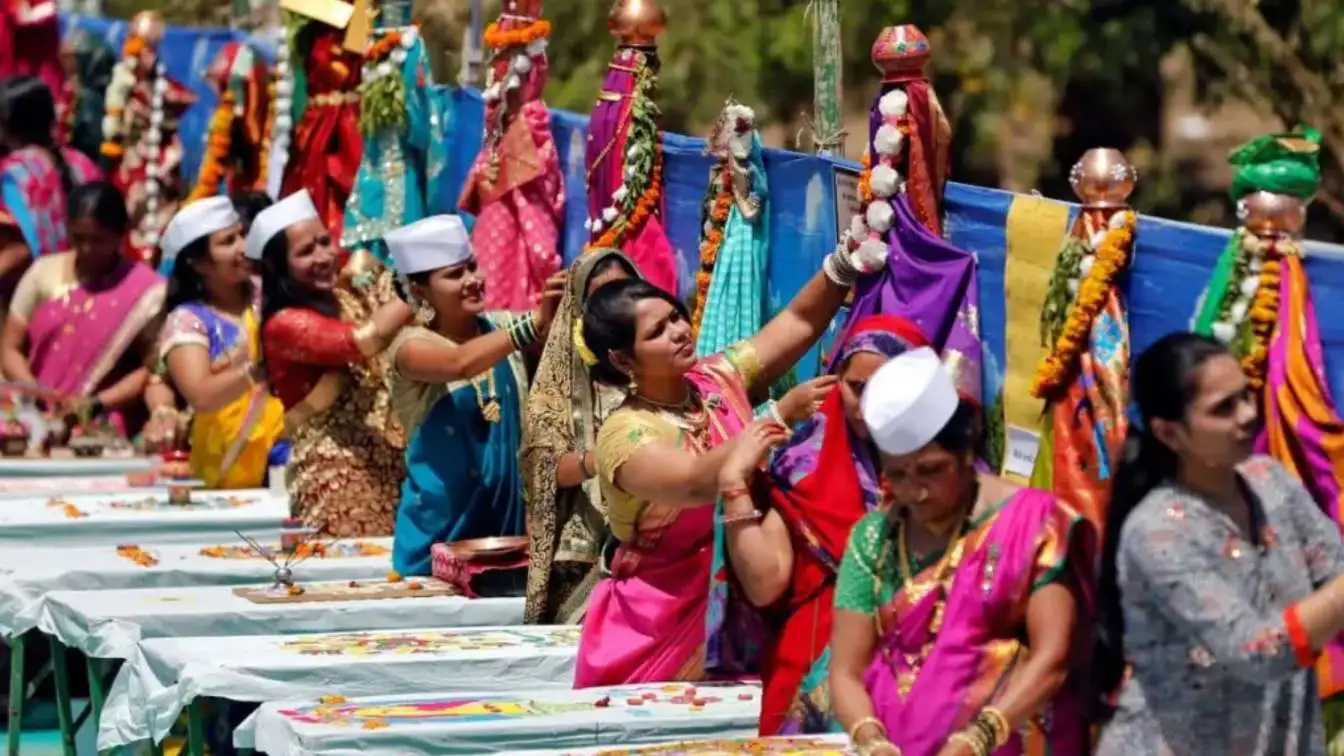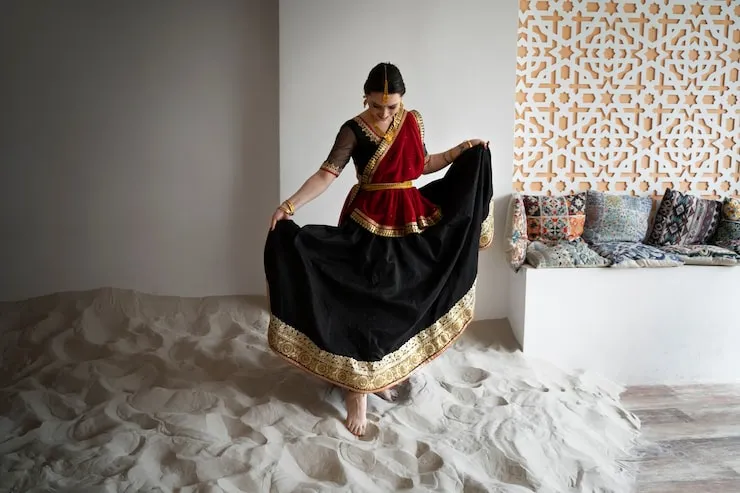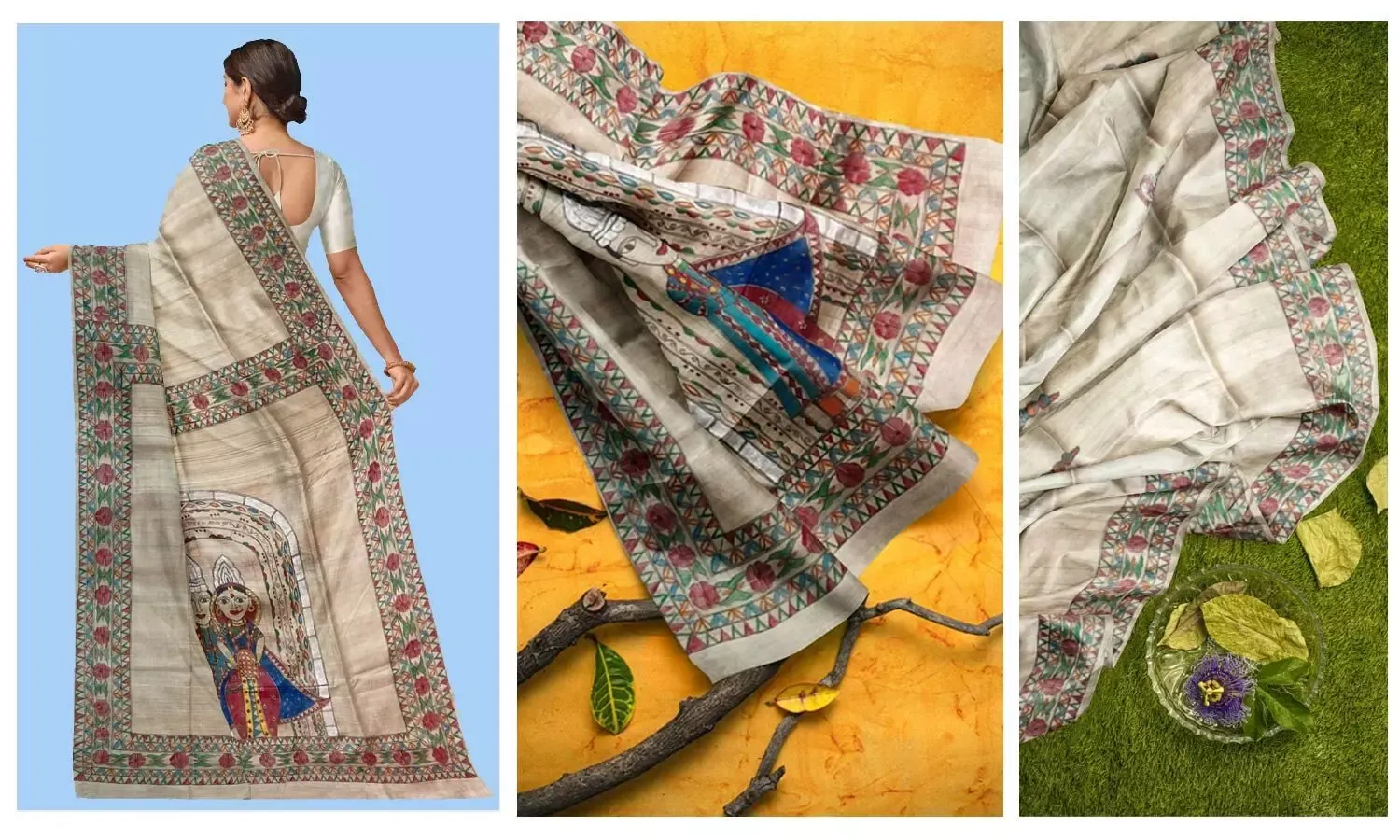In a world of expensive beauty products and complex skincare routines, India’s simple beauty traditions shine. They focus on sustainability and time-tested methods. Among these, the privileged insights of rustic Maharashtra merit extraordinary say. Rooted in Ayurveda, local surroundings, and wise traditions, these practices are gentle on the skin. They are chemical-free and deeply connected to nature.
Maharashtrian women have long cared for their skin and hair. They use hand-ground herbs, common oils, and local ingredients from their surroundings. These insider facts come from moms and grandmas. They create a living legacy that honors nature and self-care. In this article, we explore the enduring beauty traditions from Maharashtra. They are natural, affordable, and surprisingly effective.
Can These Beauty Practices Be Adapted in Urban Settings?
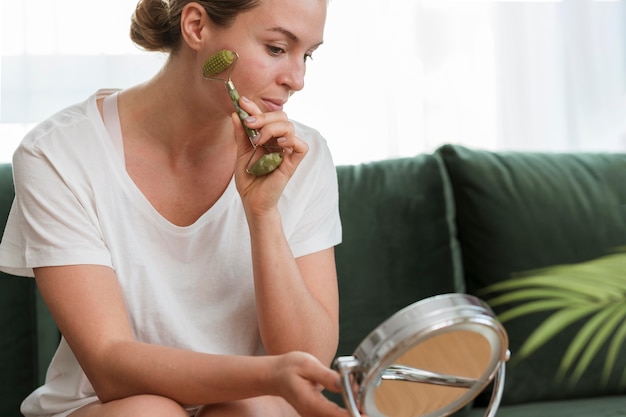
In many parts of rural Maharashtra, skincare isn’t a luxury or a weekend plan. It’s just how things are done. People don’t think of it as “self-care.” They use what’s available in nature.
It can be plants in the garden or everyday ingredients in the kitchen. This knowledge comes from the teachings passed down over time. These are quiet traditions, built on trust and the earth. Let’s look at some old yet powerful skincare habits that are still alive in Maharashtra’s villages.
Why These Old Methods Still Work?
There's a lot to discover in the way rural communities care for skin.
Simple Ingredients: Nothing fancy. Most routines use just one or two things. They are fresh and close by.
Made Fresh, No Additives: You won’t find labels or preservatives here. What’s used is made and applied that same day.
Used for Generations: They’ve been used not for years—but for decades. These are age-old practices. And the best part is that these are still effective.
1. Kokum Butter: Moisture Without the Mess: Along the coastal belt of Maharashtra, kokum trees grow everywhere. The butter made from its seeds is a go-to remedy for dry skin.
In homes, people warm it a bit and mix it with coconut oil. It’s helpful for cracked heels and lips. In dry weather, people apply this on eyebrows as well. It is perfect for all ages. It soaks up fast and doesn’t feel greasy.
2. Hibiscus Paste: A Garden Fix
Hibiscus flowers and leaves aren’t just for decoration. In village homes, they’re crushed and used as a paste—either on the face or the scalp.
- Face: Brings a light glow
- Hair: Soothes the scalp and helps reduce flakes
No extra steps needed—just mix with water or curd and apply.
3. Haldi-Besan Mix: Clean and Soft
This mix of turmeric (haldi) and gram flour (besan) is a weekly skin scrub in many homes. Young girls grow up using it long before any store-bought face wash comes into play. Mixed with milk or rose water, it’s used to gently rub the skin. It helps clean out dirt and leaves a soft feel behind.
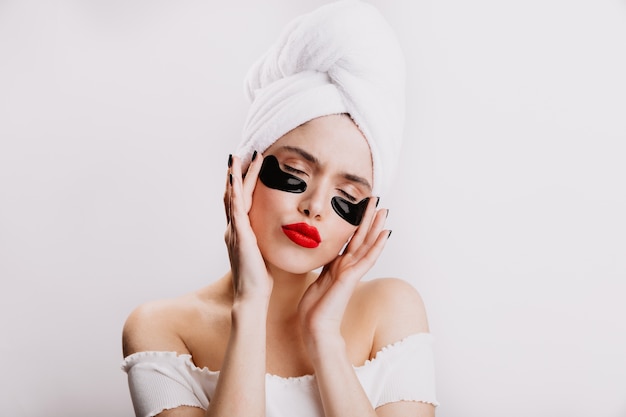
4. Forest Honey: A Healing Touch
In some tribal regions, honey is collected straight from hives. It’s raw, thick, and dark in color. Locals use it on dry skin, old scars, and even small cuts. It cools and heals at the same time. No wonder it’s treated like medicine in many households.
5. Neem: Nature’s Cleanser
Found almost everywhere—fields, roadsides, temple yards—neem leaves are used often. People grind fresh leaves and apply the paste to the face to prevent pimples and itching. In baby baths, neem water is added for skin comfort and protection.
6. Desi Ghee: Night Balm
Ghee is a versatile product. It is used beyond cooking purposes as well. In rural homes, it’s applied before bed—on lips, cheeks, or dry patches. Sometimes, it’s mixed with haldi for an extra effect. It softens rough skin and helps it heal faster.
7. Lemon + Tulsi: A Simple Toner
Many people grow tulsi in clay pots. For a quick skin refresher, villagers squeeze some lemon into crushed tulsi leaves for a quick skin remedy. It is also used as a cleanser. It works best during hot and humid days and helps reduce oily shine.
8. Rice Water: Nothing Goes to Waste
In rice-growing areas, water left from boiling rice is kept aside. Once it cools, it’s used on the face or as a rinse. This simple trick helps soothe sunburn, cools the skin, and keeps it from drying out in summer.
It Is Not a Trend, It’s a Habit
In cities, people talk about skincare routines. It’s a part of daily routine in rural areas. These are not rushed fixes. They’re slow, caring steps that are done with attention—and that makes all the difference.
The Real “Slow Beauty”
We often hear about natural products and organic labels. But rural communities have followed those values forever—without labels, without packaging. They use what’s grown nearby. They make what they need at home. And they waste almost nothing.
Tips for Trying These at Home
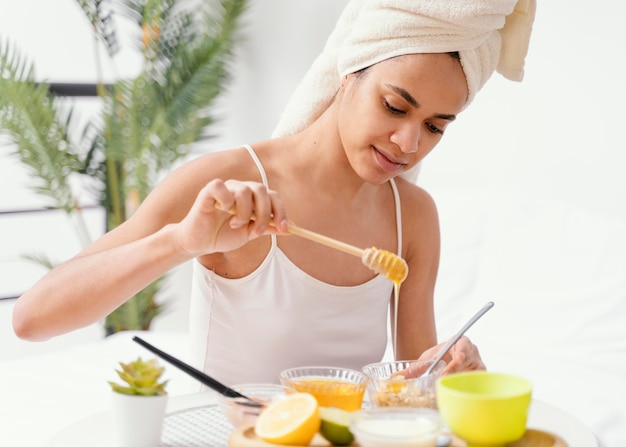
Remember these mantras if you are going for it:
- Use good-quality and fresh ingredients
- Proceed one by one. Use one method at a time
- Do a small skin patch test first
- Be patient—nature works gently and steadily
Final Thoughts
The special insights from rustic Maharashtra provide more than just glowing skin or shiny hair. They reflect a deep connection to nature, self-care, and social progress. Beauty isn’t just about change. It's about food, balance, and respect for nature. You can nurture yourself in many ways.
You might crush ubtan on a stone. You could rub sesame oil into your scalp. Or, you can enjoy warm turmeric before bed. Each of these practices helps support self-care. Today’s wellness trends focus on holistic living. We can learn a lot from the calm, wise insights of rural Maharashtra.
These skincare ideas from rural Maharashtra may feel “old-school,” but they’re full of good sense. They’re built around what the body needs and what nature offers. It's simple care. Low in cost and natural, so safe for skin. You must definitely try these home remedies before buying a chemical product. Your skin may love you for it.






